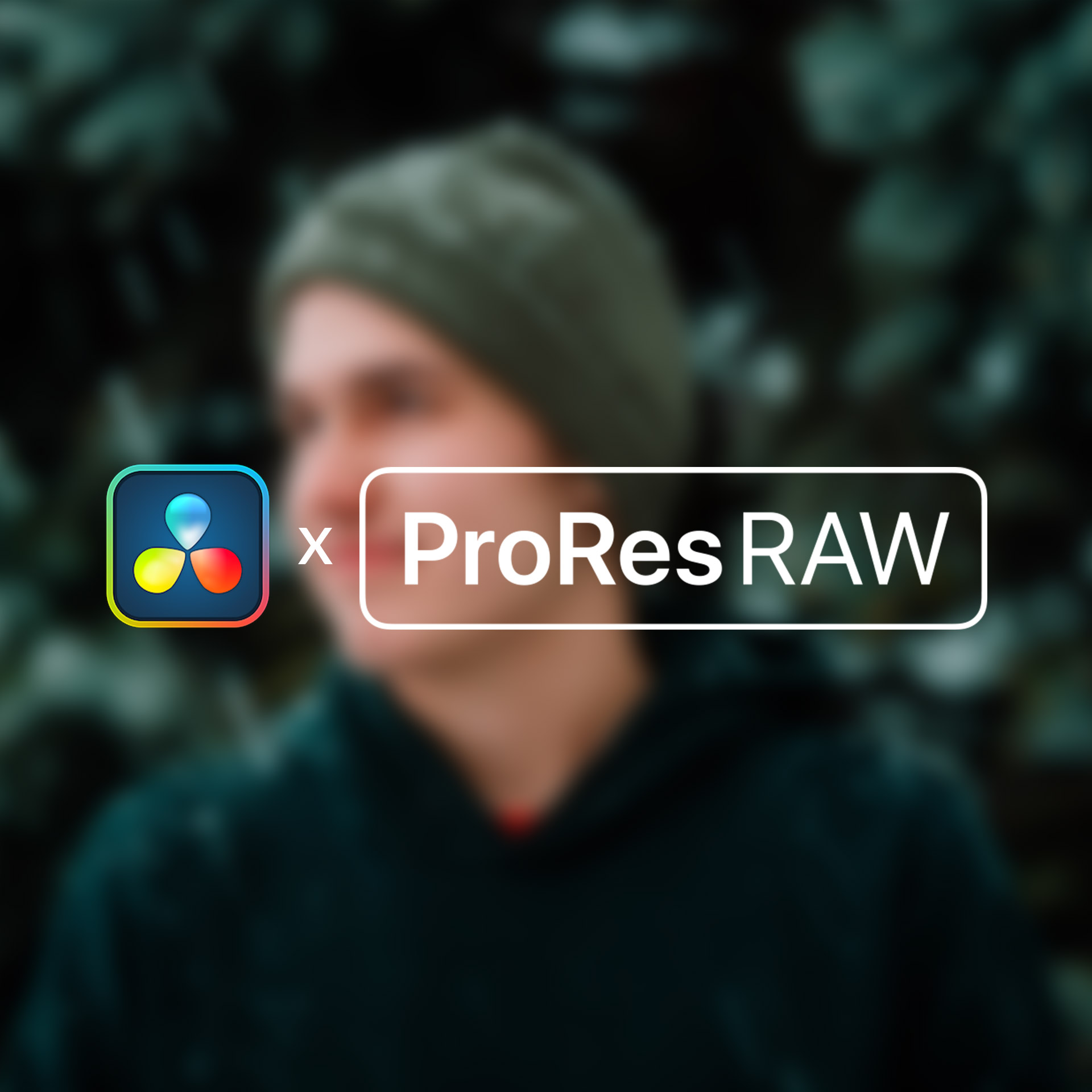The History of ProRes Raw & DaVinci Resolve
In 2018, Apple introduced ProRes Raw to to the market. Apple designed ProRes Raw as a raw option that encompasses the flexibility of raw and the performance of ProRes. Since then, every major NLE has offered support for the raw codec; however, the most widley available color grading NLE, and arguably an industry standard, has not: Blackmagic Design’s DaVinci Resolve. Previously, in order to use ProRes Raw in DaVinci resolve, you needed to transcode it to ProRes 4444. While this offers a nice file, you lose the access to all the raw data you’ve captured. This is even more disheartening because ProRes Raw is a Raw format that has undergone no processing. This arguably makes it superior to almost every Raw solution on the market.
The Raw Convertor That Changes Everything
Thankfully, a developer named Nikolaj Pognerebko has created a converter that allows us to encode ProRes Raw to another format that works in DaVinci Resolve: CinemaDNG. CinemaDNG is also a raw format that is non-processed and non-debayered (Demosaiced). Although it does require MacOSX and some transcoding, the performance on the New M1 Max Macs offer transcode speeds up to 70FPS. That’s 3 seconds of video in a second. The M1 Macbook Air I own converts at 16FPS lossless. This allows 30+ cameras on the market, and growing, to have the ability to shoot raw and for it to be color graded in a professional color grading software. That’s the key. Resolve is one of the best NLEs for color grading on the market next to Baselight.
Color Grading ProRes Raw In DaVinci Resolve
Chapters:
Introduction: 0:00
The Politics That Got Us Here: 1:22
Converting ProRes Raw to Another True Raw Format: 2:49
The Patent Hindering True Raw Video on the Market: 4:10
How Companies Like Blackmagic get around the Patent: 4:40
How ProRes Raw is Real Raw compared to its counterparts: 5:16
What is CinemaDNG (Another Real Raw Format): 5:41
Addressing CinemaDNG Performance Concerns: 6:42
Addressing CinemaDNG Space Concerns: 8:53
How This Ages Like Fine Wine: 9:20
How To Expose ProRes Raw On The Ninja V: 10:06
DaVinci Resolve CinemaDNG Color Management Setup (SDR): 11:03
DaVinci Resolve CinemaDNG Color Management Setup (HDR): 14:03
Conclusion: 14:50
CinemaDNG Vs. R3D Raw Performance Tests
Using a Ryzen 5 5950X Workstation paired with a RTX 3080, I performed test on a 4K timeline. These test used 8 streams of 6K CinemaDNG (converted from ProRes Raw) and 8 Streams of 8K R3D. Each clip has a minor grade into Rec 709. NOTE: while rendering the video above, I used 6K CDNG, used noise reduction, color management, and created a look. My export speed with all of those factors was 16.5 FPS.
A 1:15 6K CDNG Clip Rendered at 16 FPS at Full Decode Quality in 1:51
A 1:15 8K R3D Clip Rendered at 15.5 FPS at Full Decode Quality in 1:59
Keep in mind, R3D has GPU optimization support in DaVinci Resolve while CDNG does not. I would expect the results to be similar for 8K CDNG.
Conclusion
While we still aren’t able to simply drag and drop a ProRes Raw clip into DaVinci Resolve, the Raw Convertor is an amazing step fowared for DaVinci Resolve users. As long as you’re using up to date workstation, and have Access to Mac OSX 12 or later, then you’re going to be golden! Below you will find references to all the articles and infographics needed to become informed on the current Raw Video situation.
RED Digital Cinema Patent Info
ProRes Raw Vs. Blackmagic Raw Comparison
